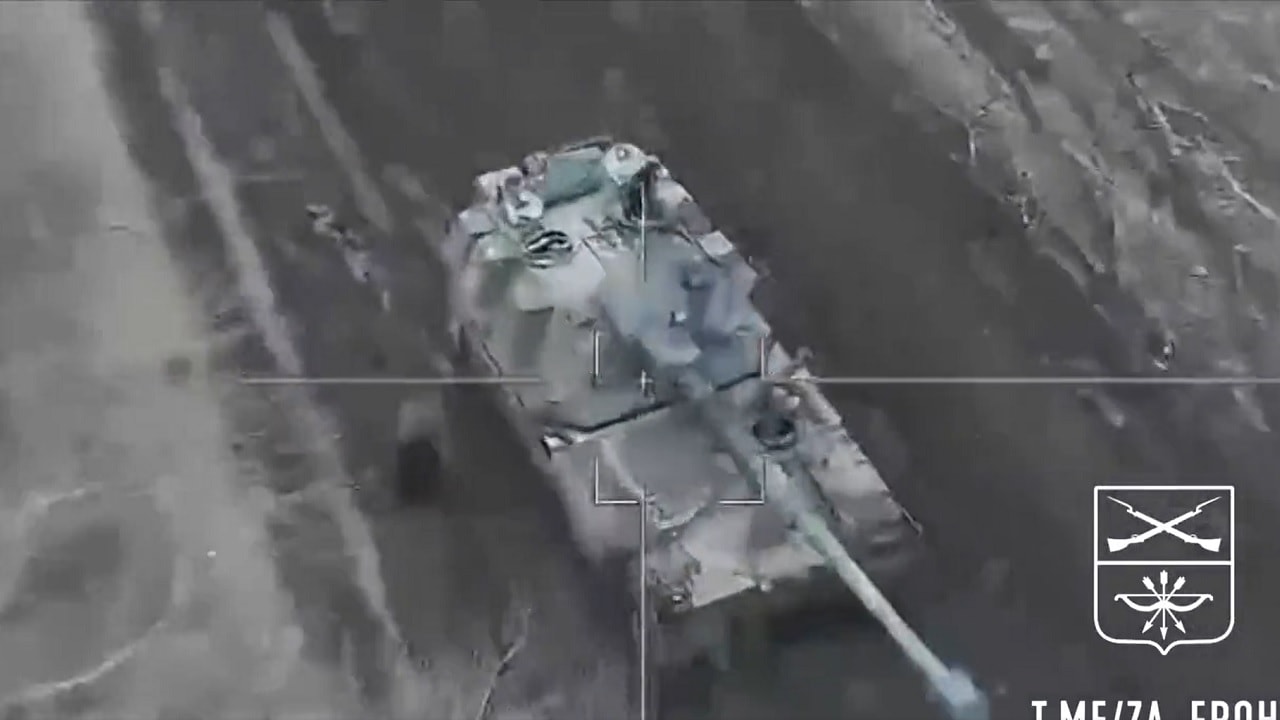Putin’s drones are powerful – but not all find the target: Although part of the unmanned aerial vehicle (UAV) family, loitering munitions are deserving of their own category. These extremely lethal airborne weapons have played a critical role for both Russia and Ukraine in the ongoing invasion and will likely monopolize any future kinetic battles across the globe. Able to loiter around a target before crashing into it, these “suicide” or “kamikaze” drones are the next level in modern warfare.
While loitering munition technology is not new, these types of drones did not garner much attention from the West until the 2021 Nagorno-Karabakh conflict between Azerbaijan and Armenia. During the six-week conflict, Baku deployed the Turkish-designed Bayraktar TB2 and other loitering munitions to take out heavy ground units including main battle tanks and air defenses. The war really highlights the growing spectrum of missiles, drones, and artillery, and how they would be used in modern wars.
Introducing Russia’s Lancet UAV
Since the onset of Russia’s invasion, drone warfare has monopolized war strategies for both sides. Kyiv has employed a variety of homegrown and foreign-imported aerial weapons to aid its defensive efforts, including Turkey’s TB2 drone and the American-made Switchblade drone. Moscow has also deployed both foreign and domestic UAVs, including Iranian-made suicide drones and its indigenous ZALA Lancet.
An Attack on a Decoy
Earlier this month, the open-source intelligence group Ukraine Weapons Tracker released footage of a Russian Lancet loitering munition drone attack in Kherson Oblast. As depicted in the 36-second long video, a Lancet successfully targeted a Ukrainian IRIS-T SLM launcher decoy amidst Kyiv’s ongoing counter-offensive. Since Lancet drones, like all loitering munitions, self-destruct upon striking a target, Russia has one less suicide UAV to use on the battlefield.
The ZALA Lancet is developed by the Russian company ZALA Aero Group for the Russian Armed Forces. In 2019, the formidable UAV was revealed at the ARMY-2019 military expo in Moscow and has become one of Russia’s most used UAVs in the Ukraine invasion. The loitering drone has a maximum range of 25 miles and a maximum takeoff weight of roughly 25 pounds.
While several Lancet variants exist, the Lancet-3 is the largest model in the family of drones. As detailed by Army Recognition, the UAV is electrically powered with the engine positioned at the rear of the fuselage. Additionally, “The design of the Lancet-3 is based on a cylindrical fuselage with two pairs of X-shaped wings mounted at the front and rear of the fuselage. It incorporates a rear-facing pusher-prop arrangement in contrast to the more conventional puller-prop layout.”
What other suicide drones does Moscow deploy?
While the use of Lancet suicide drones has proven to be an asset for Russian forces in the ongoing invasion, the delivery of Iranian-designed loitering munitions has really increased Moscow’s ability to launch frequent barrages targeting Ukrainian assets. Like the Lancet-3, Iran’s Shahed-136 can idle passively around a target before striking. Moscow has used both the Shahed and Lancet families of munitions to strike Ukrainian civilian structures, energy sectors, and even personnel. Kyiv routinely places decoys in territories in order to diminish Russia’s fleet of suicide drones, as depicted in the video above.
Maya Carlin, a Senior Editor for 19FortyFive, is an analyst with the Center for Security Policy and a former Anna Sobol Levy Fellow at IDC Herzliya in Israel. She has by-lines in many publications, including The National Interest, Jerusalem Post, and Times of Israel. You can follow her on Twitter: @MayaCarlin.

